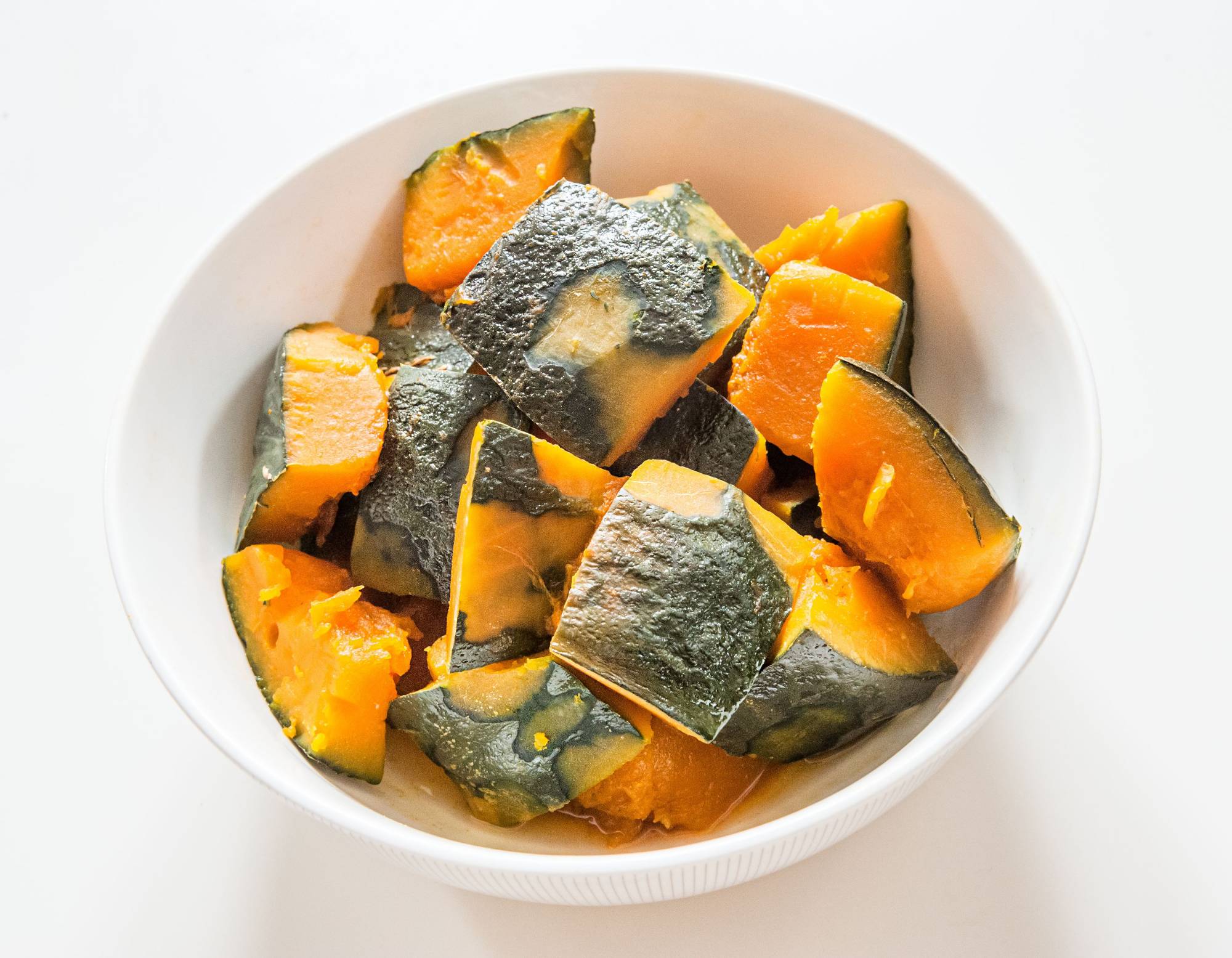While “kabocha” is the Japanese word for all kinds of winter squash, it actually means "gourd from Cambodia." The first kabocha arrived in Oita Prefecture on the ships of Portuguese traders in the mid-16th century via Southeast Asia — even though the squash originally comes from Mesoamerica. By the 17th century, it was widely cultivated around Kyushu and spread from there throughout the country.
Although kabocha squash is available year-round, it is particularly sweet and flavorful at this time of year.
This dish is classic washoku (Japanese cuisine). There are probably as many recipes for it as there are households that make it, but here I have adapted my mother's recipe, which cooks the kabocha in water instead of dashi stock and is flavored with just sugar, salt and soy sauce.



















With your current subscription plan you can comment on stories. However, before writing your first comment, please create a display name in the Profile section of your subscriber account page.